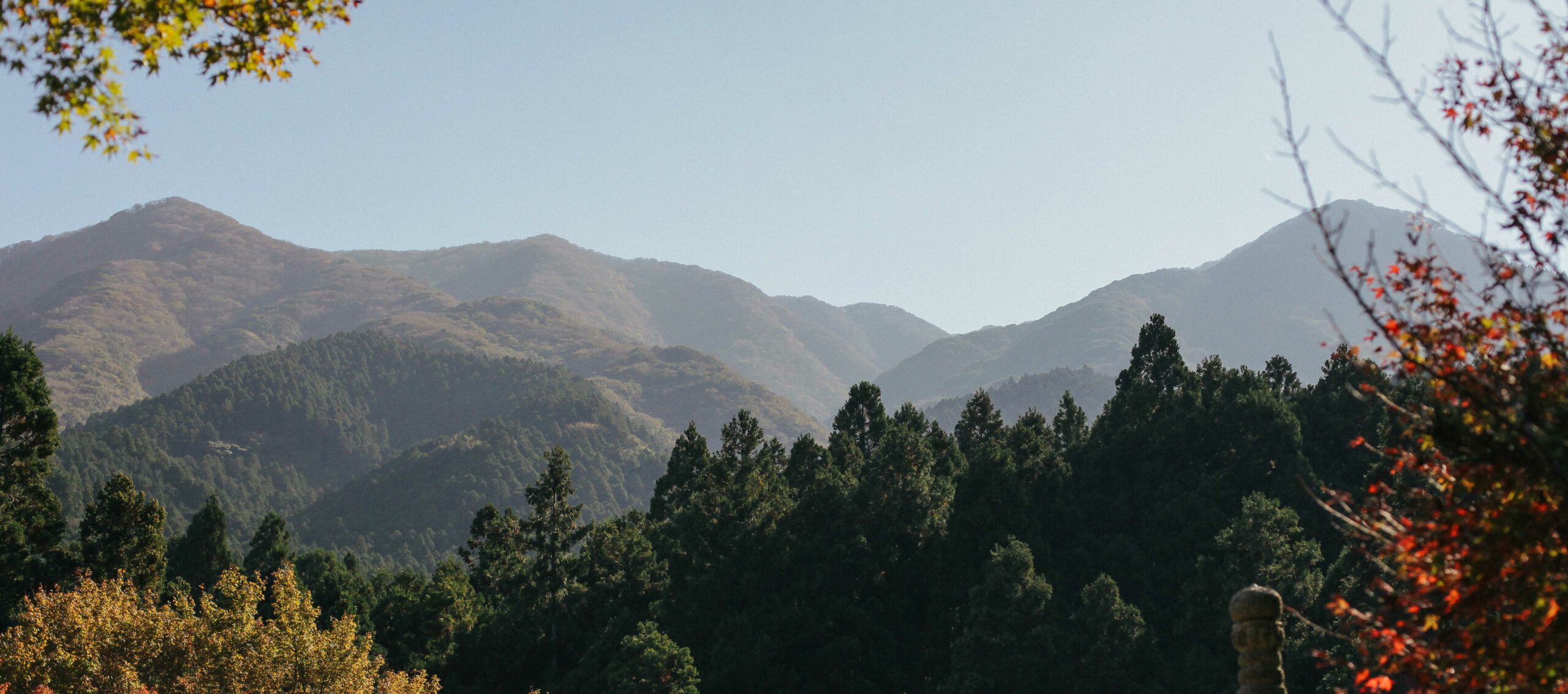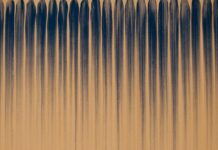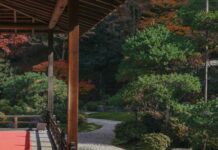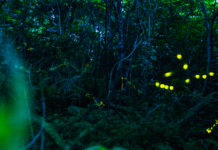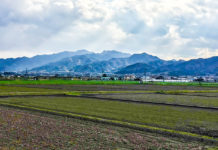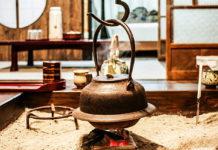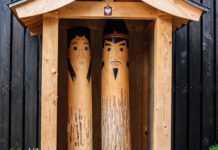Raizan Sennyо̄ji Daihiо̄in — hard work to pronounce and harder work to get to, its remote location makes it what you could call a ‘proper’ mountain temple.
Mountain temples are a fascinating feature of Japanese Buddhism. Mountain monks (‘yamabushi’) were often of the warrior persuasion, hardened by the physical challenge of living at altitude and profoundly esoteric in their beliefs. Located halfway up a mountain also named ‘Raizan’ (Thunder Mountain), Raizan Sennyо̄ji is no exception.
For adventurous types who have wandered away from Japan’s better known tourist trails, Raizan Sennyо̄ji is an ideal half-day trip when travelling from Fukuoka city. Although accessible by taxi, a rental car is the best travel option. It’s also a popular stop-off for serious road bikers, with the two-and-a-half kilometre mountainside ascent a guaranteed workout for eager quadriceps.
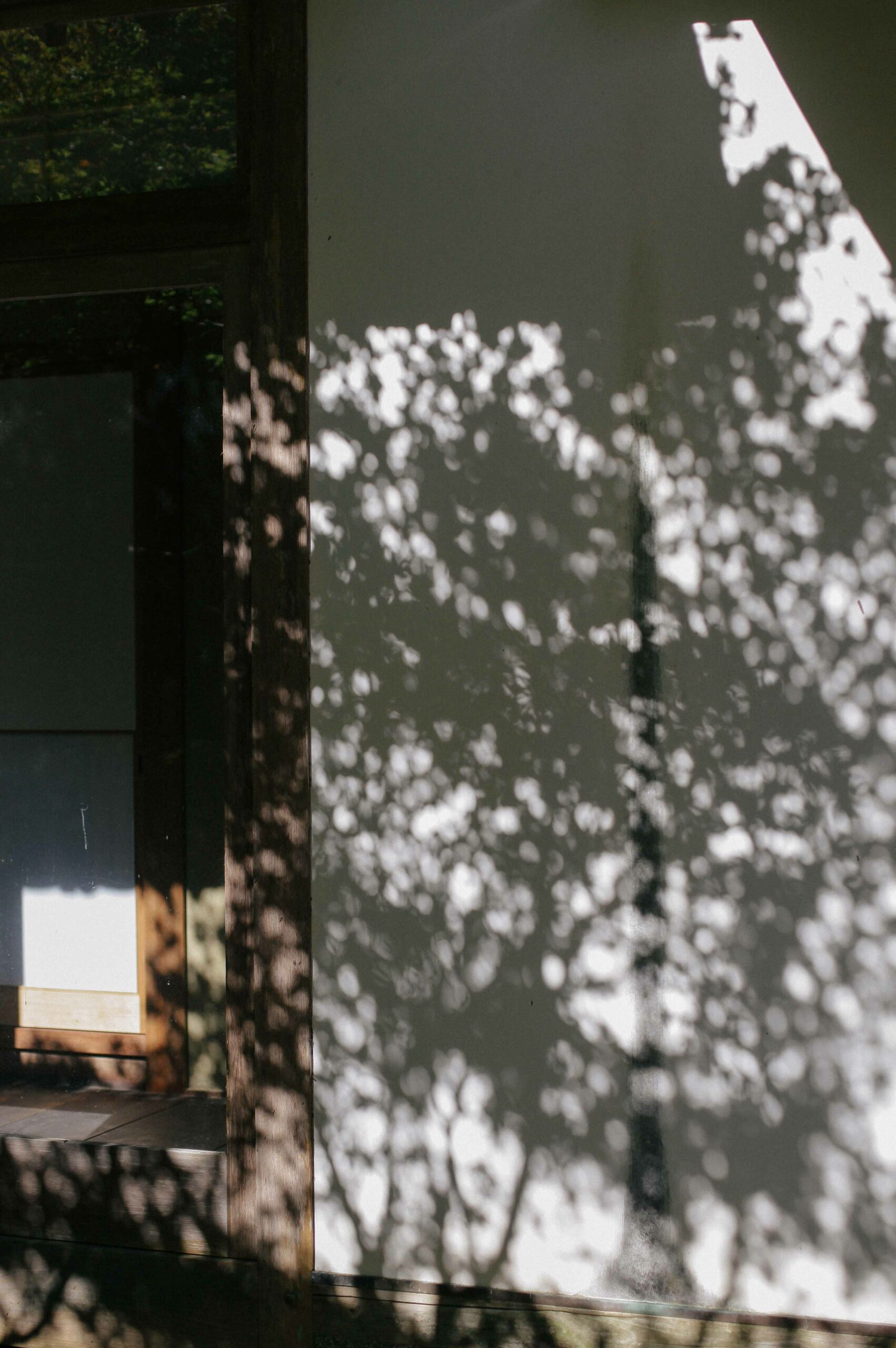
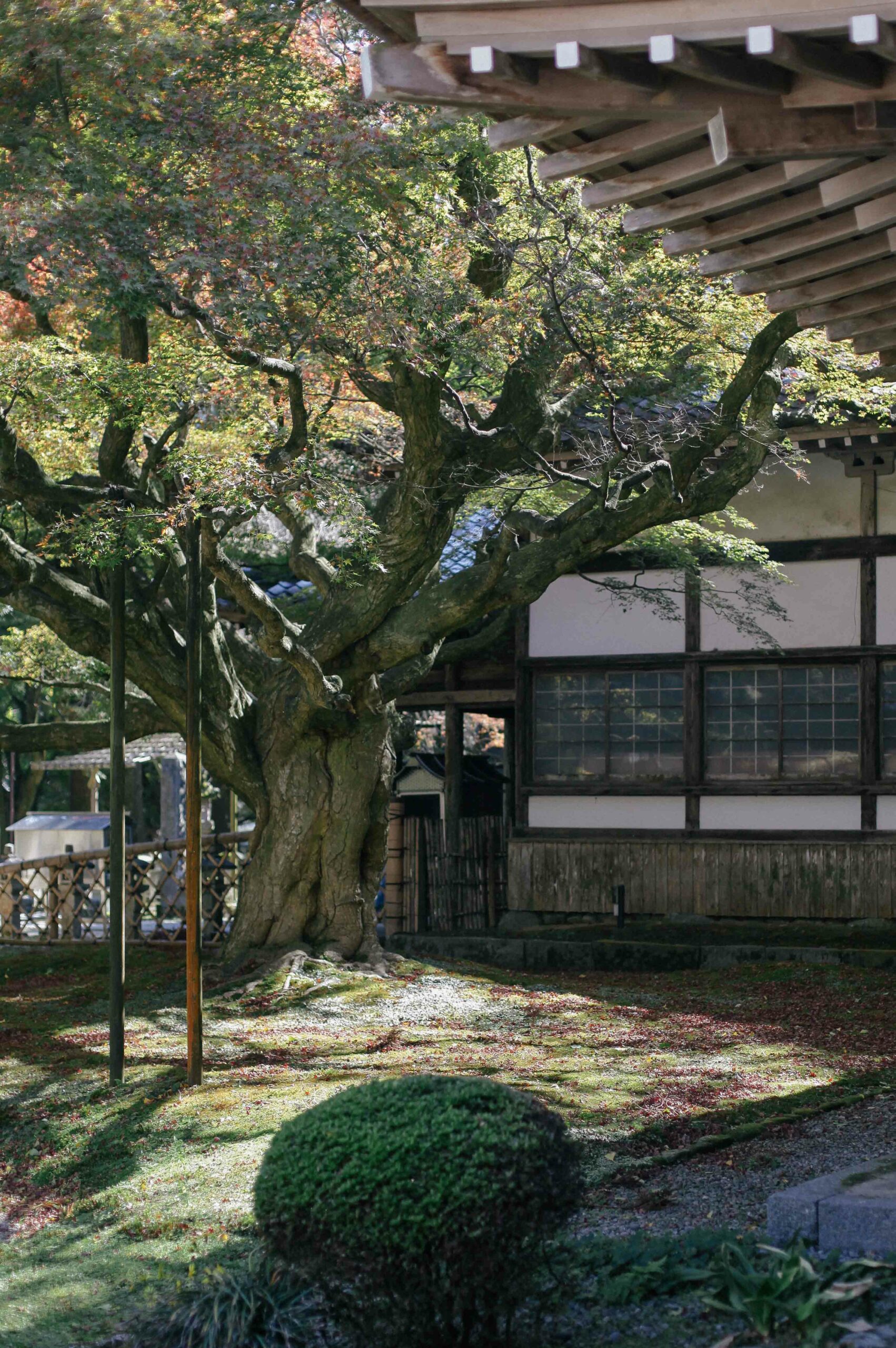
Arriving at the atmospheric mountain temple, the ¥400 entry fee covers access to the inner rooms, as well as the expansive gardens and courtyards. This modest fee will also entitle you to attend a blessing ceremony in the Hondо̄ (central hall). You’ll receive a small plastic card and a visitation leaflet. Be sure to keep both, as they grant you access to the aforementioned ceremony when you’ve ascended the steps.
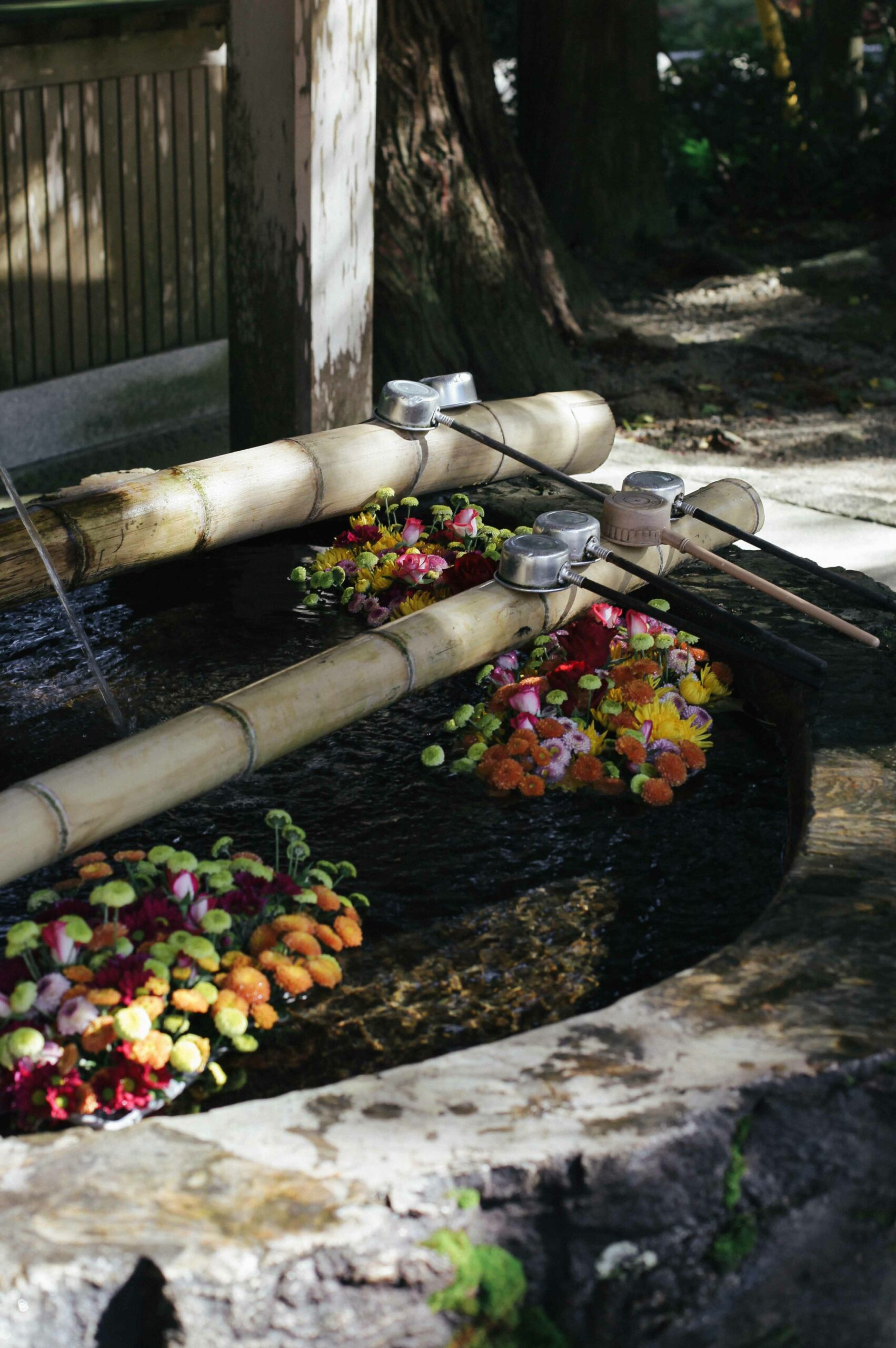
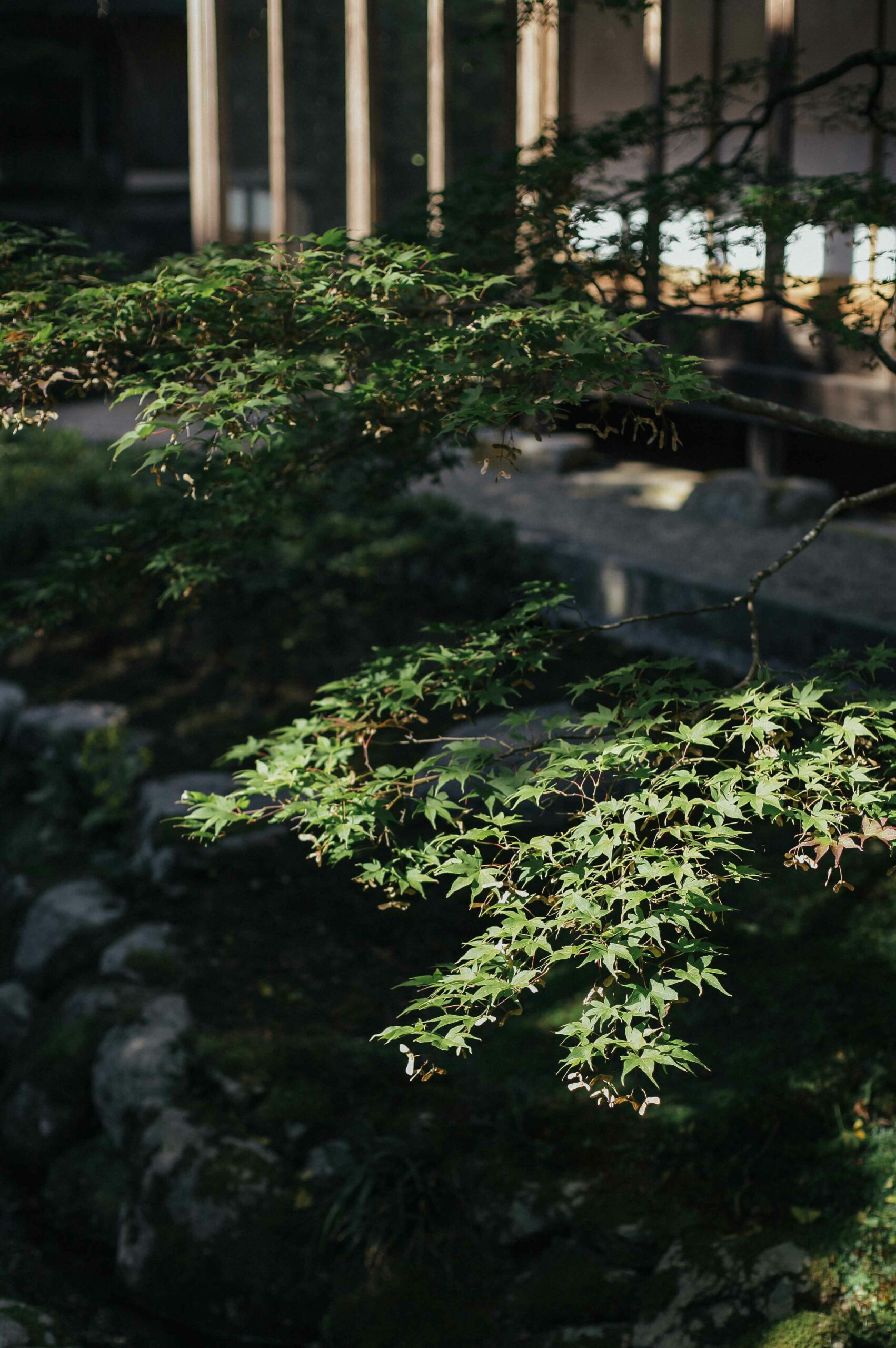
Entering the first enclosure of the mountain temple’s lower levels, you remove and store your shoes before turning to take in the small entrance space. It becomes apparent that this temple has a lot of… stuff. Far more than the usual minimalist and thoughtfully furnished Buddhist temples, all of it mismatched and eclectic, seemingly both religious and secular. A mix of yamabushi (mountain monk) spears, framed paintings so aged that their colours have blackened, and all manner of ornate items. Dragons, teapots, cushions, entire window panes, everything everywhere and seemingly all at once. Rest assured, the abbots of Raizan Sennyо̄ji are not hoarders — although technically, they are custodians of a legitimate hoard.
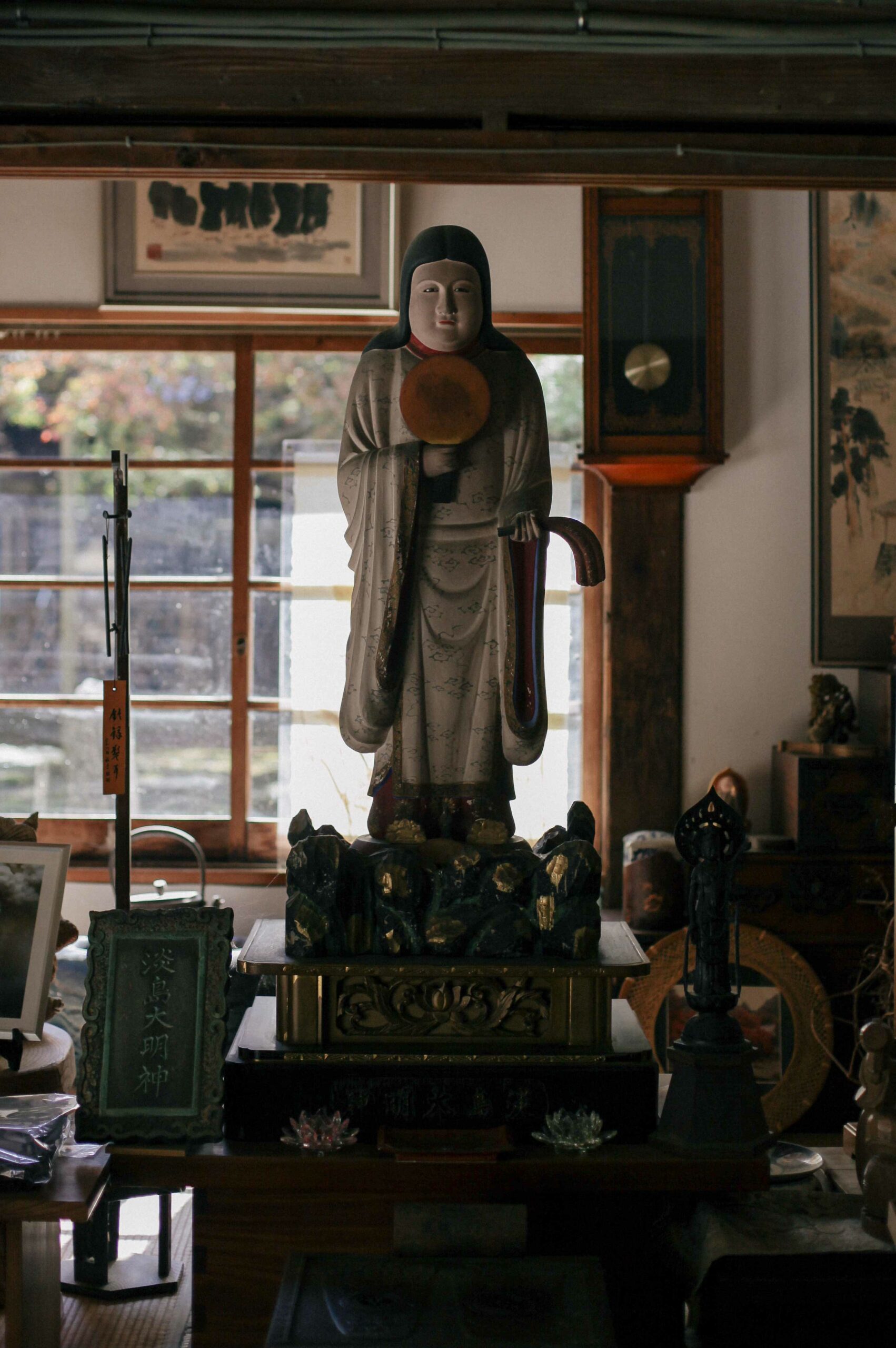
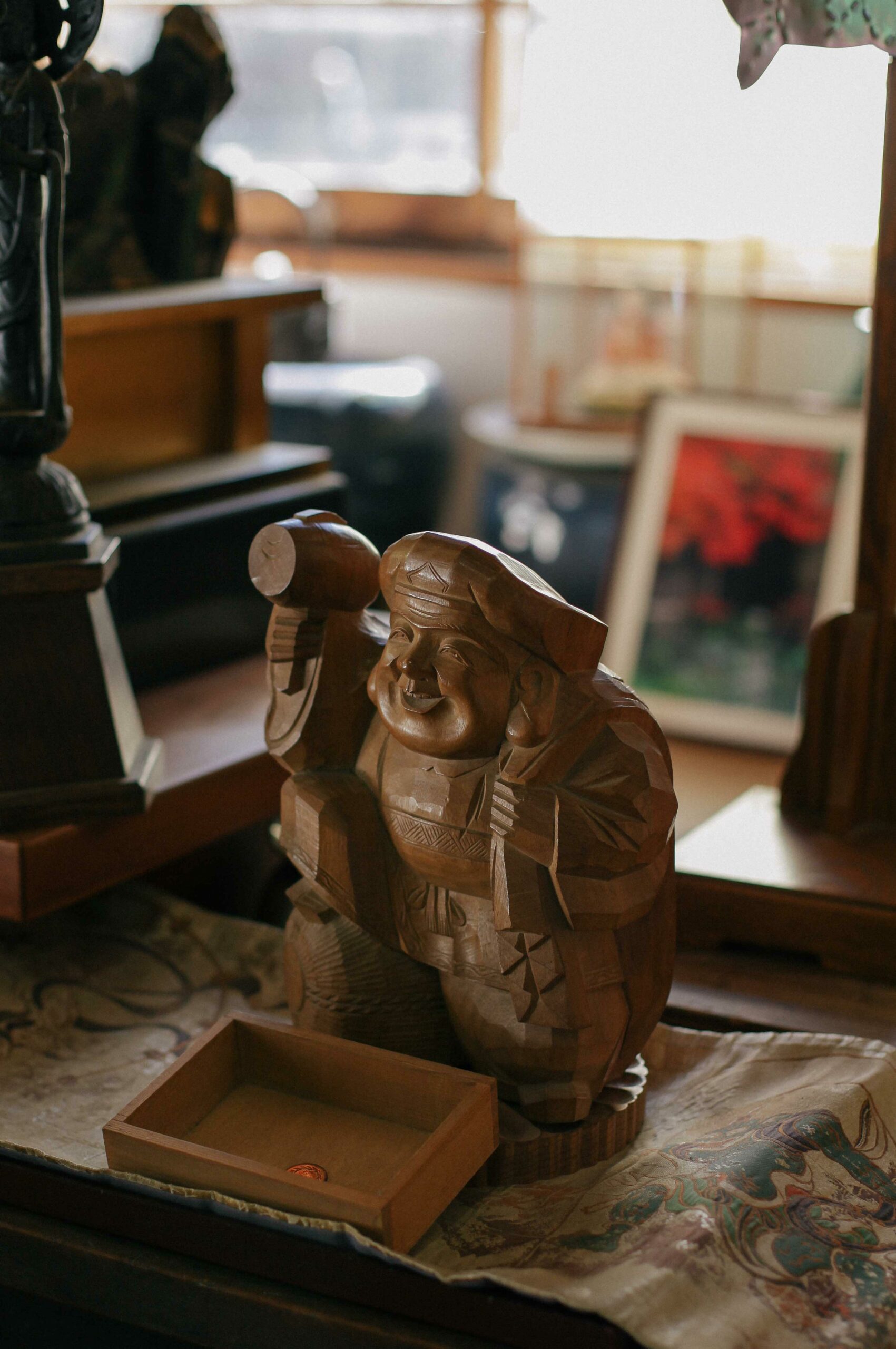
During the Meiji Restoration of the late 1800s, the balance of socio-political power in Japan shifted from the military shogunate and its samurai, who were Buddhists, to the Meiji Imperial government, who adhered to a politicised version of Shintо̄, appropriated by the new state. Seeking to reinstate this form of Shintо̄ as Japan’s primary life-philosophy and to weaken the political power of those adhering to Buddhism, monasteries were dismantled, both structurally and physically.
When these mass dissolutions reached the southern island of Fukuoka, many of the region’s Buddhist monasteries gathered their precious relics and deposited them in the safety and seclusion of Raizan Sennyо̄ji. As such, the mountain temple carries multiple times the usual amount of relics, statues and secular items of value. They are stacked and balanced, riveted to walls, spilling out and over throughout each respective level of the temple complex. Because of this, Raizan Sennyо̄ji offers a masterclass in the diversity of Buddhist material culture in Japan, with a breadth and range of objects far greater than the Shingon sect to which it belongs.
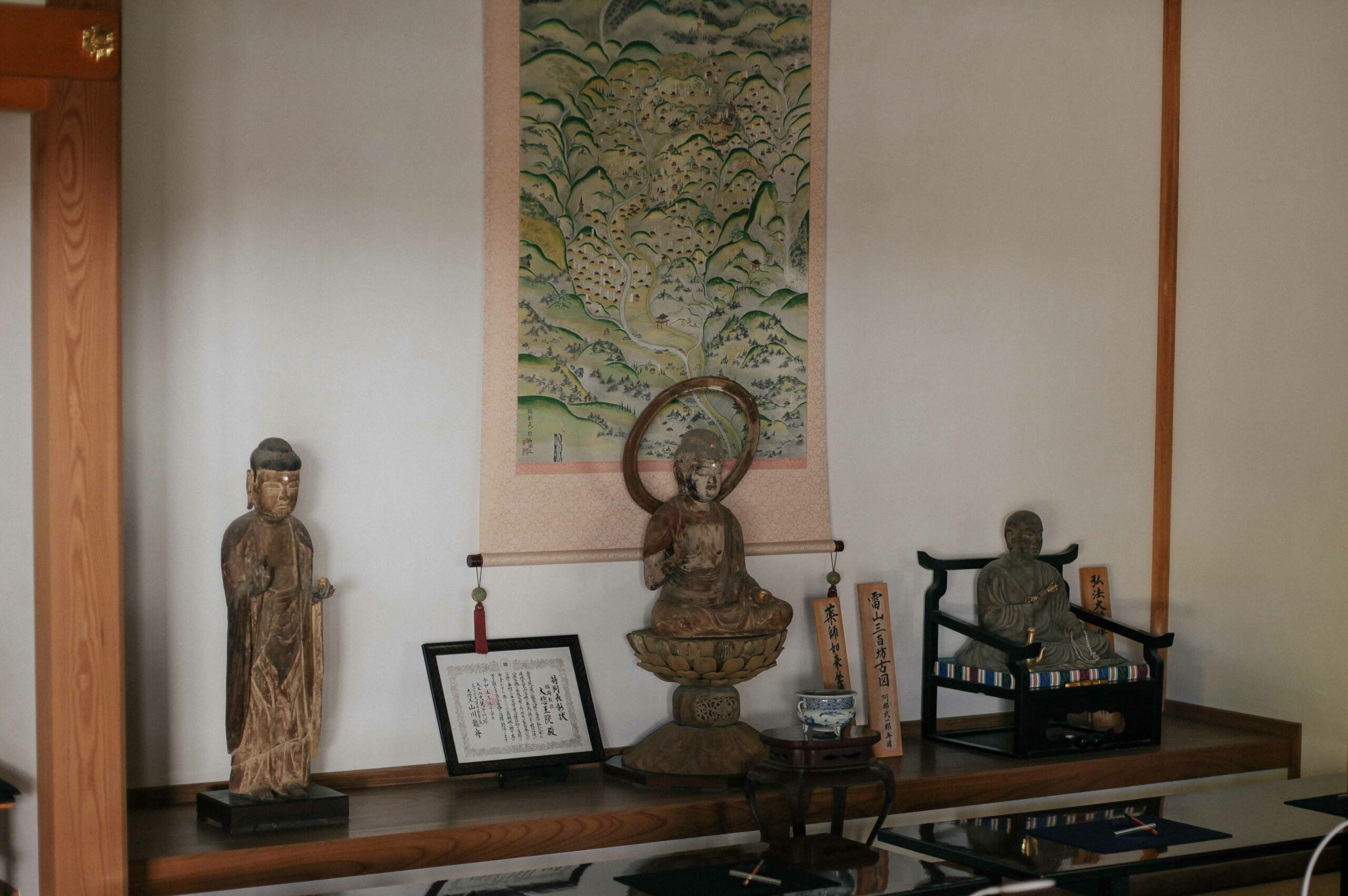
As you move through its lower hallways, observe the silken screens depicting interpretations of the jigoku, or hell-nations. They vary in severity and resemble a familiar Catholic notion of the afterlife as recounted in Dante Alighieri’s epic poem, ‘Inferno.’ Oddly, one panel appears to depict a version of ‘not-so-bad-hell’, in which people drink tea on a veranda, as demons perform yard work.
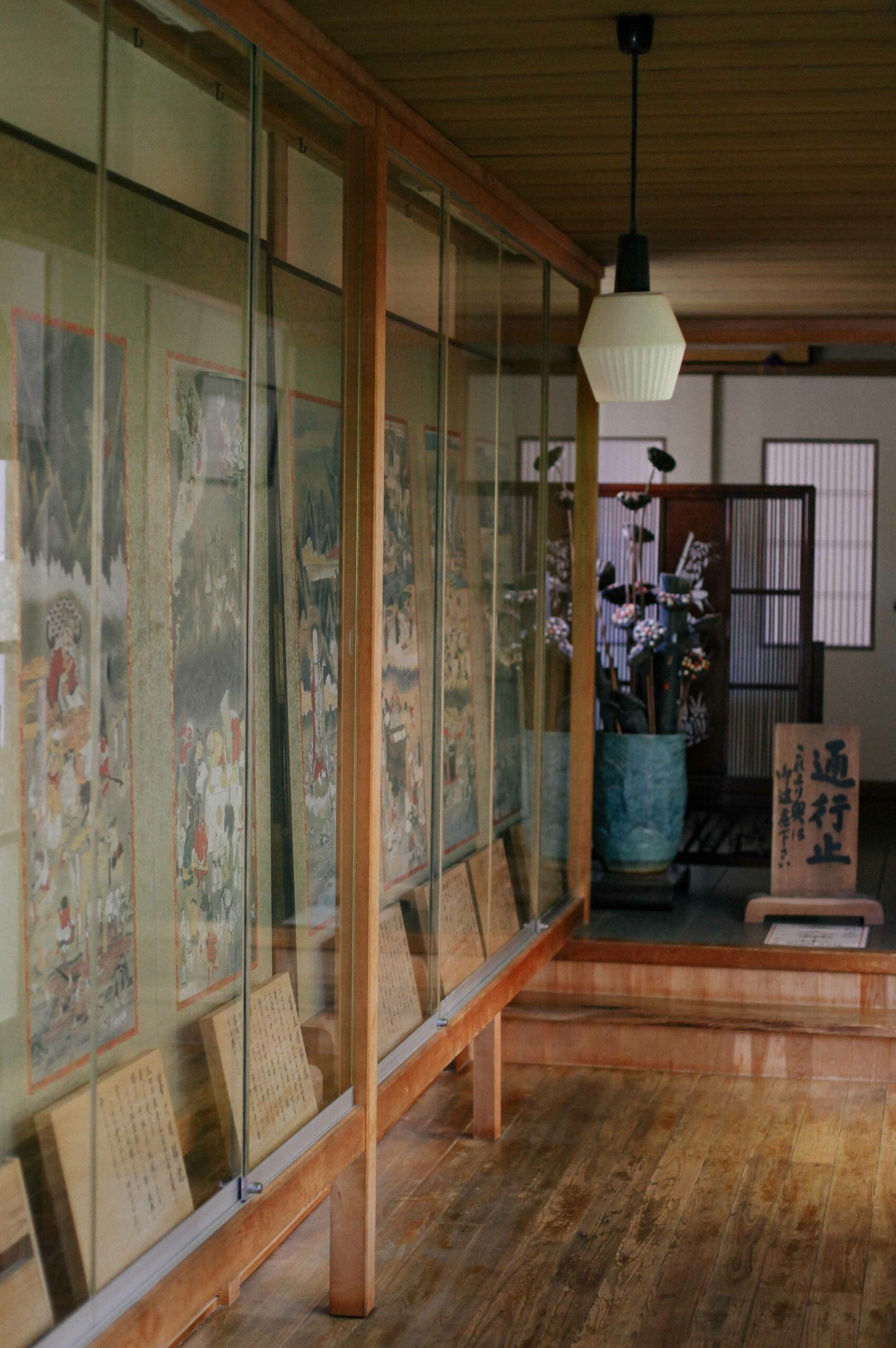
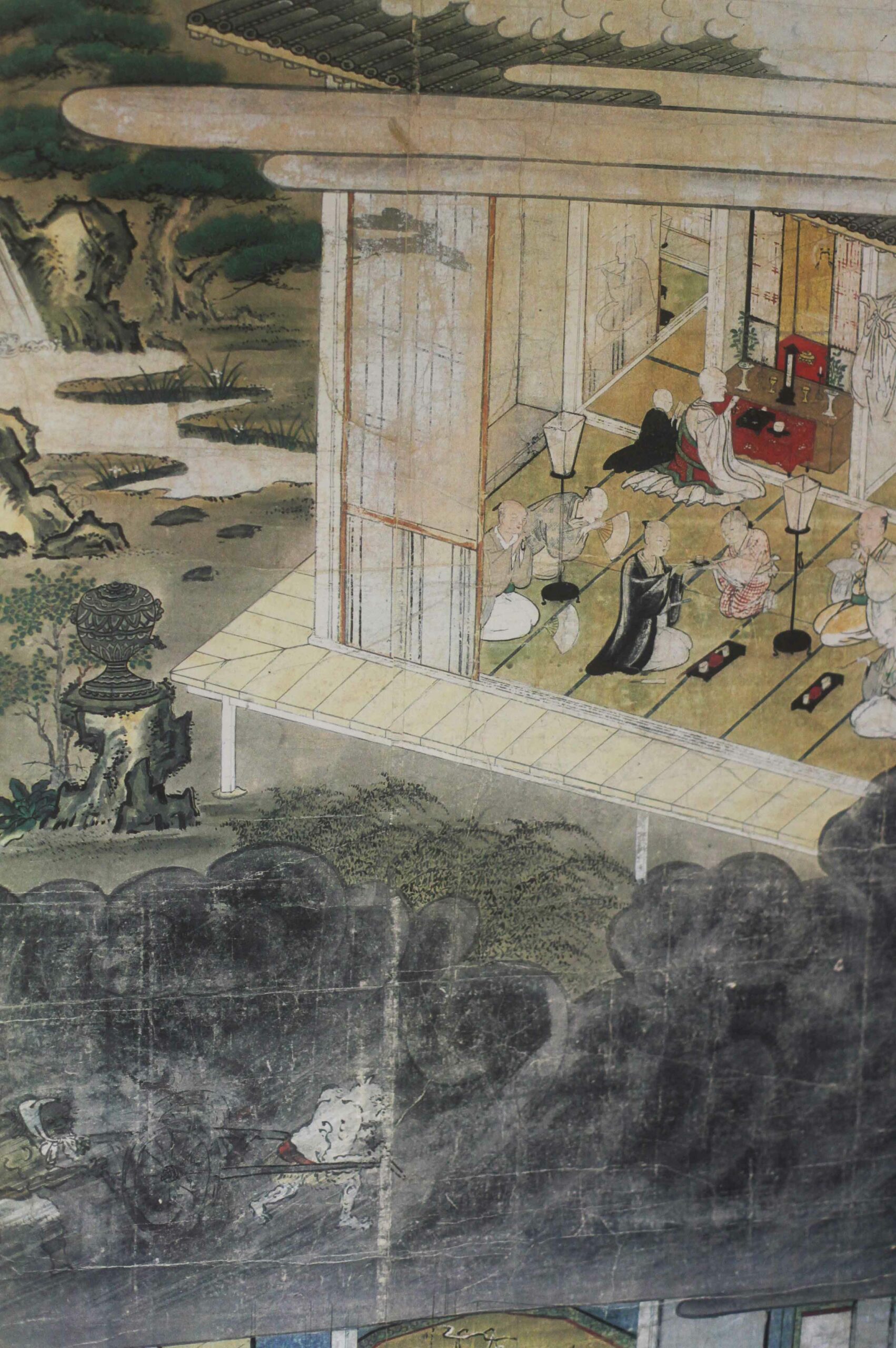
Hell-hallway leads out to a sweeping view of the temple’s outer garden, which is home to a centuries-old maple tree. It is this tree’s autumn colours which have garnered the temple a degree of local fame, drawing more visitors during autumn than any other time of year.
Tucked away at the opposite end of the walkway is the traditional ‘inner garden.’ It is a landscape in miniature, created within the curves and hollows of the mountainside. A shallow reflecting pond beams light upward into the canopies of black pine and maples, before draining away into a stream flanked by rolling tufts of emerald moss. It is quite simply perfect. The scene is bordered on one side by mountain slopes, and on another by a hall with glass sliding doors and papered shо̄ji screens. The afternoon sunlight filters through the maple leaves, casting star-shaped shadows that shift and glimmer for those who sit long enough to observe. This space invites sitting; it offers surfaces on which to watch the passage of time without urgency; to view late-autumn insects drifting idly above moss and water, haloed in golden light.


Moving through the halls and upward, the temple’s second level brings you to the ‘Hondо̄’ (main hall). The physical structure of the hall itself is around 180 years old, but it has been rebuilt many times since the temple was established in the year 300. The wood of the inner building is blackened with carbon from candle flames and softly gummed with the deep patina of incense smoke. The smell of a real mountain temple is perhaps beyond description, but it is unforgettable once known. Ornate brass lanterns hang from the already low ceiling; their bases are inscribed with the names of their donors, often purchased by families on behalf of those who have passed and are in need of memorial.
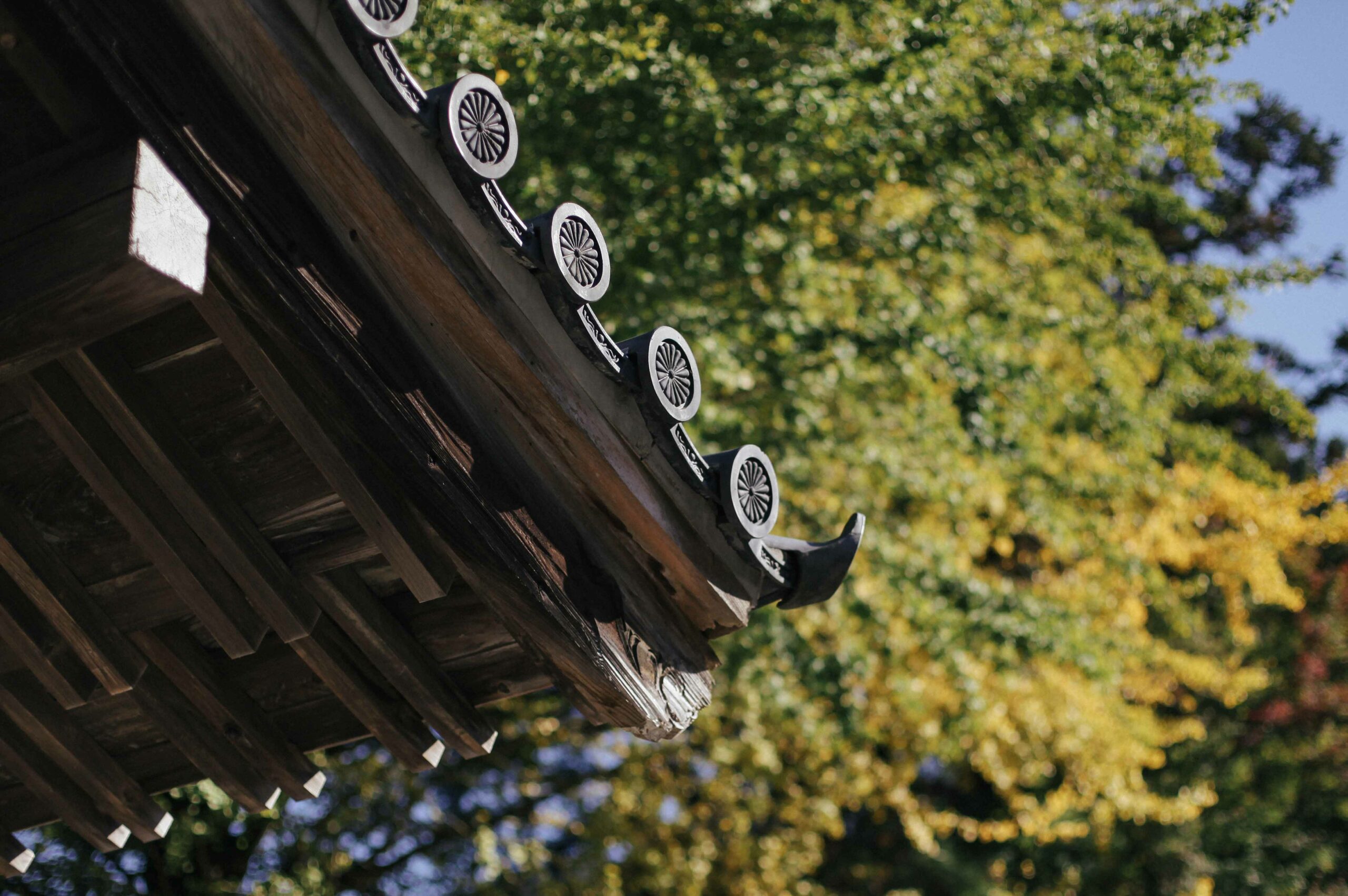
During the day, the abbot of Raizan Sennyо̄ji periodically gathers visitors and invites them to sit in the central chamber of the hall. This room, too, is hung with swaying brass curtains and long lanterns, all of which are laden with mantles of dust and ash. Visitors face a closed set of doors, 5 metres in height and carved in age-blackened panels of wood. The abbot opens the doors and a beam of white light falls directly onto the downcast face and gentle eyes of Kannon Bо̄satsu; it is Senjuu-Kannon, the thousand-armed Bodhisattva of infinite mercy. The moment of revelation is simultaneously electrifying and calming; onlookers are fully struck by the presence of the statue, 1,000 years old and 4.5 metres high, radiating pure benevolence.
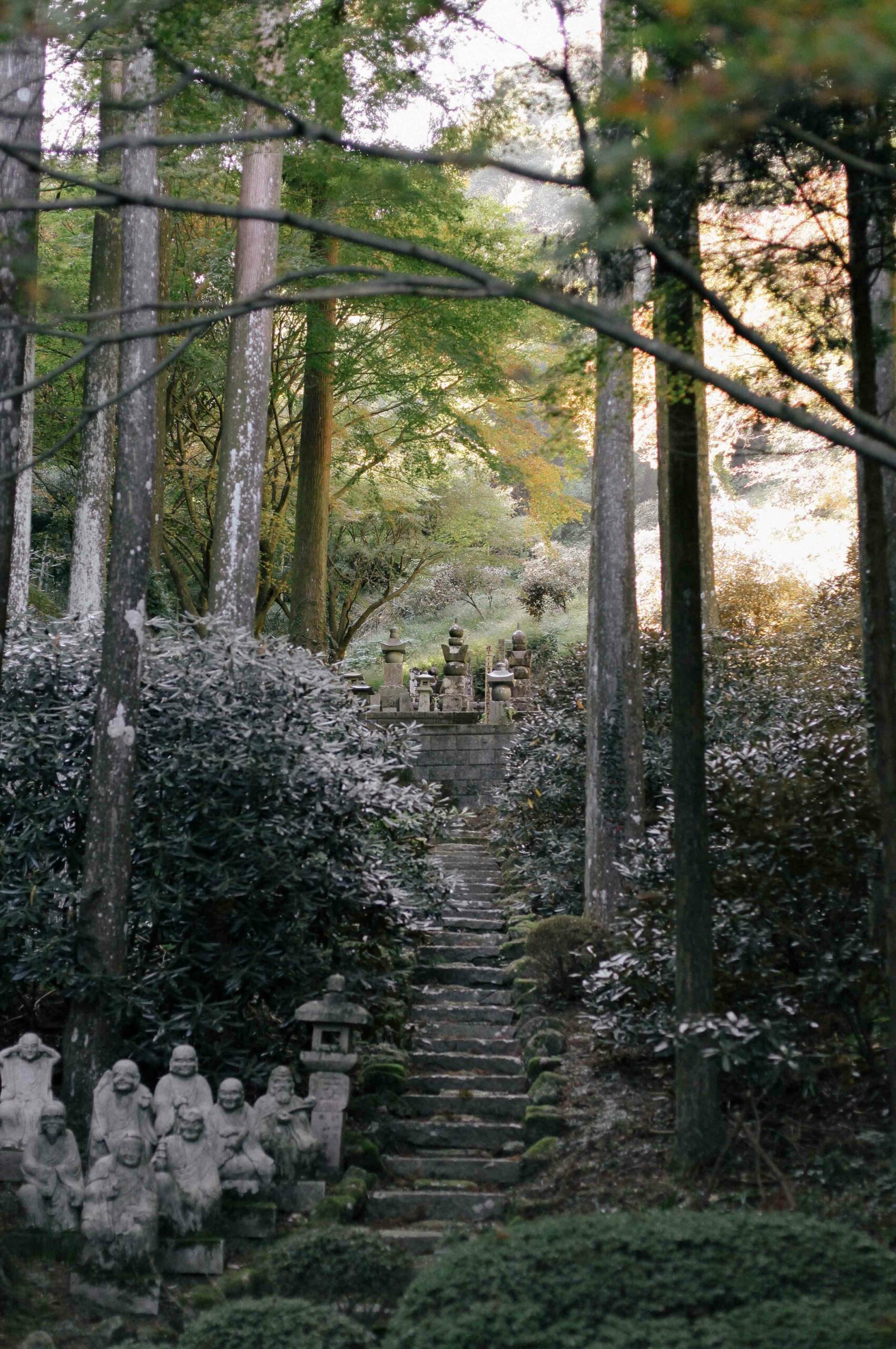
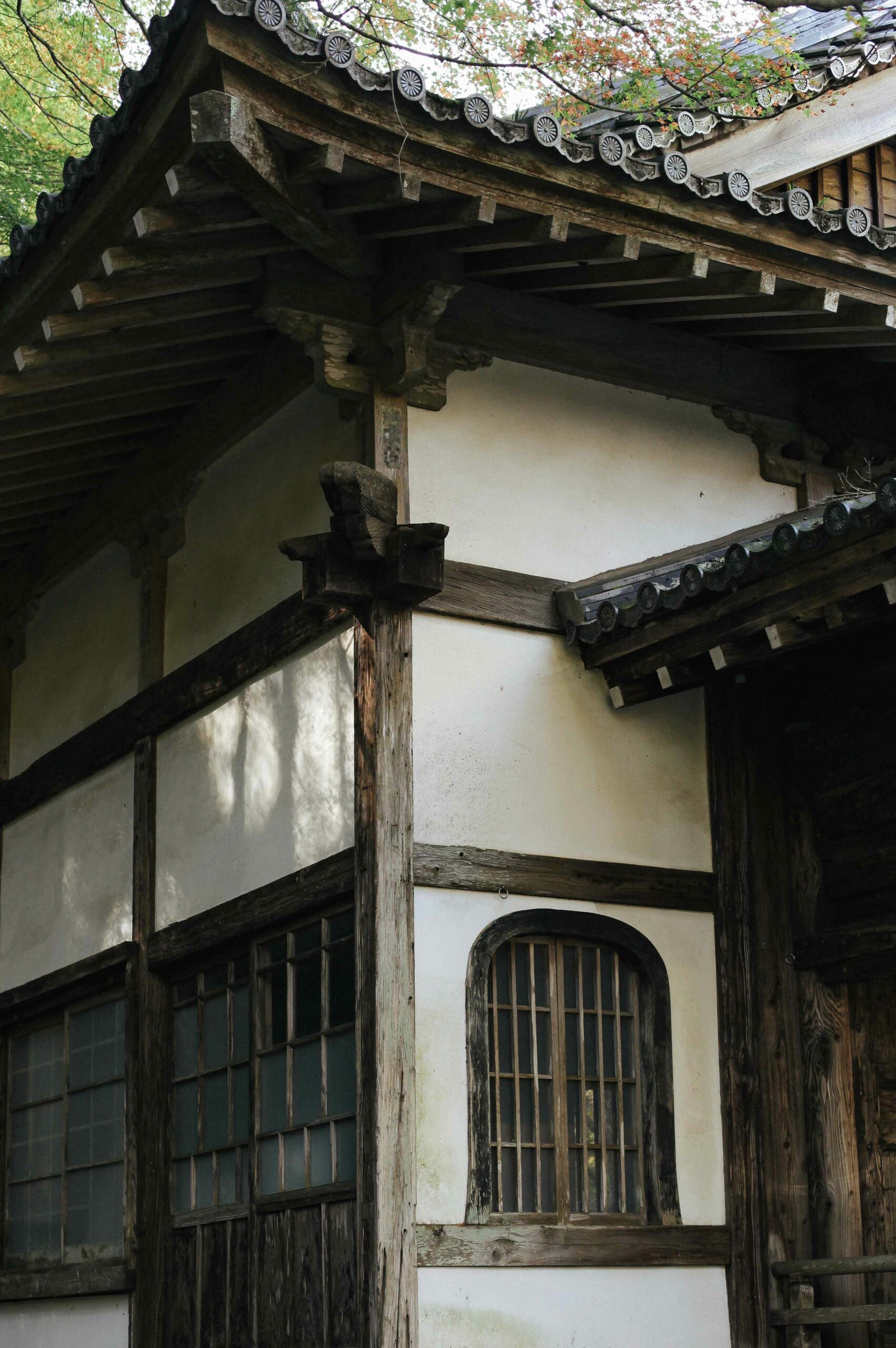
Drumwork and chanting begin, the sounds unintelligible and mysterious to those who don’t speak Japanese. But these prayers are of the everyday variety, focusing predominantly on protecting adherents from traffic accidents and other sudden calamities. Some may listen intently, and others will swim in Kannon’s loving gaze. Buddhist statues are created with the greatest of attention to the details of the face; always the slightest hint of a smile, eyes half-closed in a state of peace.
As the ceremony ends, the abbot will offer an explanation of the temple’s history and the statue’s significance to onlookers. On leaving, all will file past Kannon, depositing coins or other offerings at the appropriate stations. The abbot directs people to walk along the hallway behind the statue, which houses an unprecedented collection of valuable Buddhist relics — the very same that were hidden in the temple as Buddhism was being purged from the religious mainstream. Flanking this row of statues should be the wind god Fūjin and thunder god Raijin, who appear always as a pair, without exception. However, Raizan Sennyо̄ji is the only temple in Japan to have two Raijin, and no Fūjin. When quizzed on the matter, the abbot points out: “Well… this is Raizan, so two Raijin made more sense.”
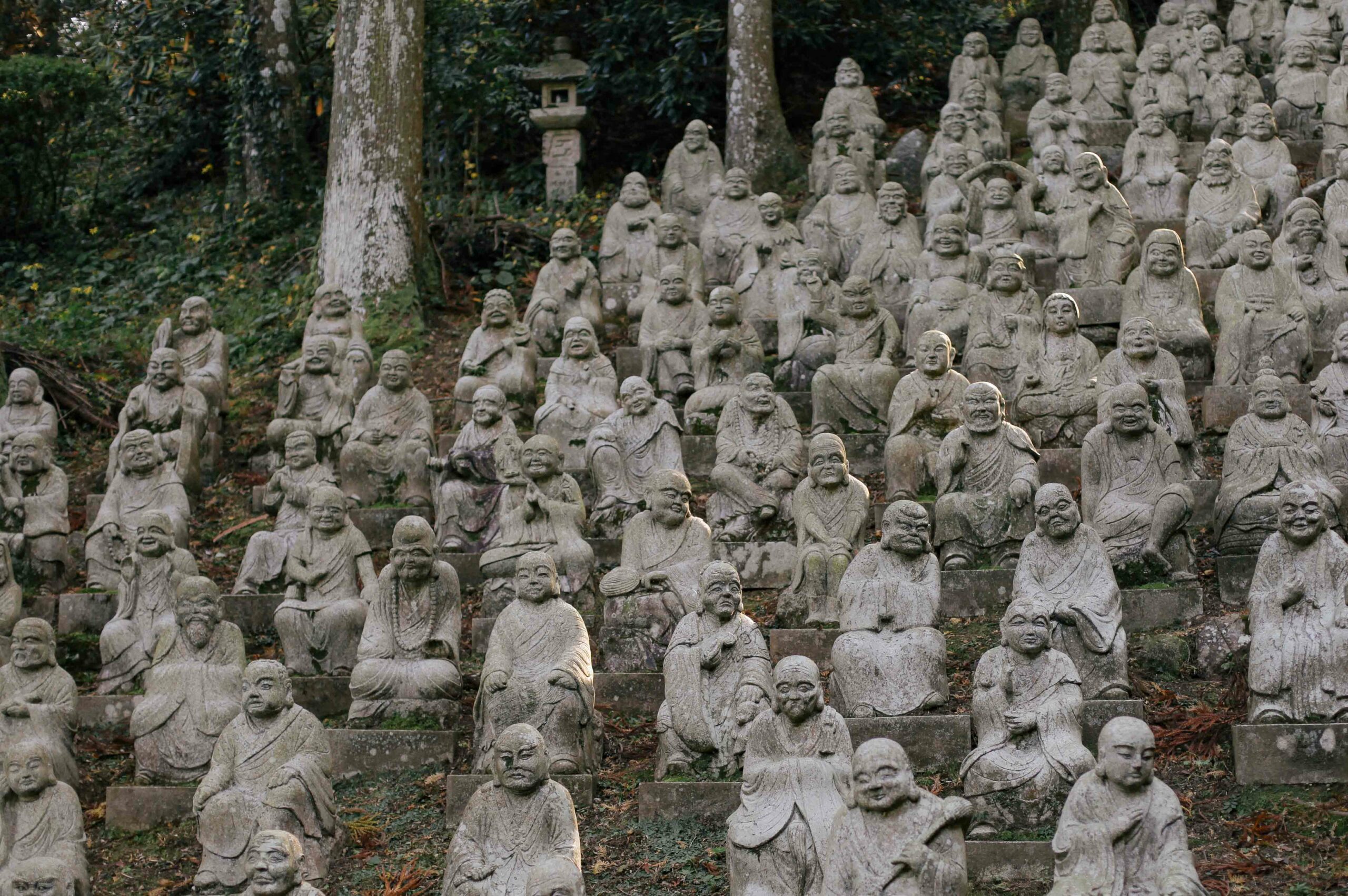
Exiting the Hondо̄, there is a final ascent to a candlelit hall. Along this pathway and stationed across the slope of the mountain at the foot of towering cedars are a cascade of statues of seated scholars carved from white stone. They are the 500 arhats, the first disciples of the Buddha and transmitters of his teachings, known as ‘rakan’ in Japanese.’ Each statue is seated and of the same height, and all are distinct from each other. The final hall has walls and door panels made entirely of human-sized portraits of yet more Buddhas and bodhisattvas from the vast Buddhist canon; some of them gentle and ornate, others demonic but valiant.
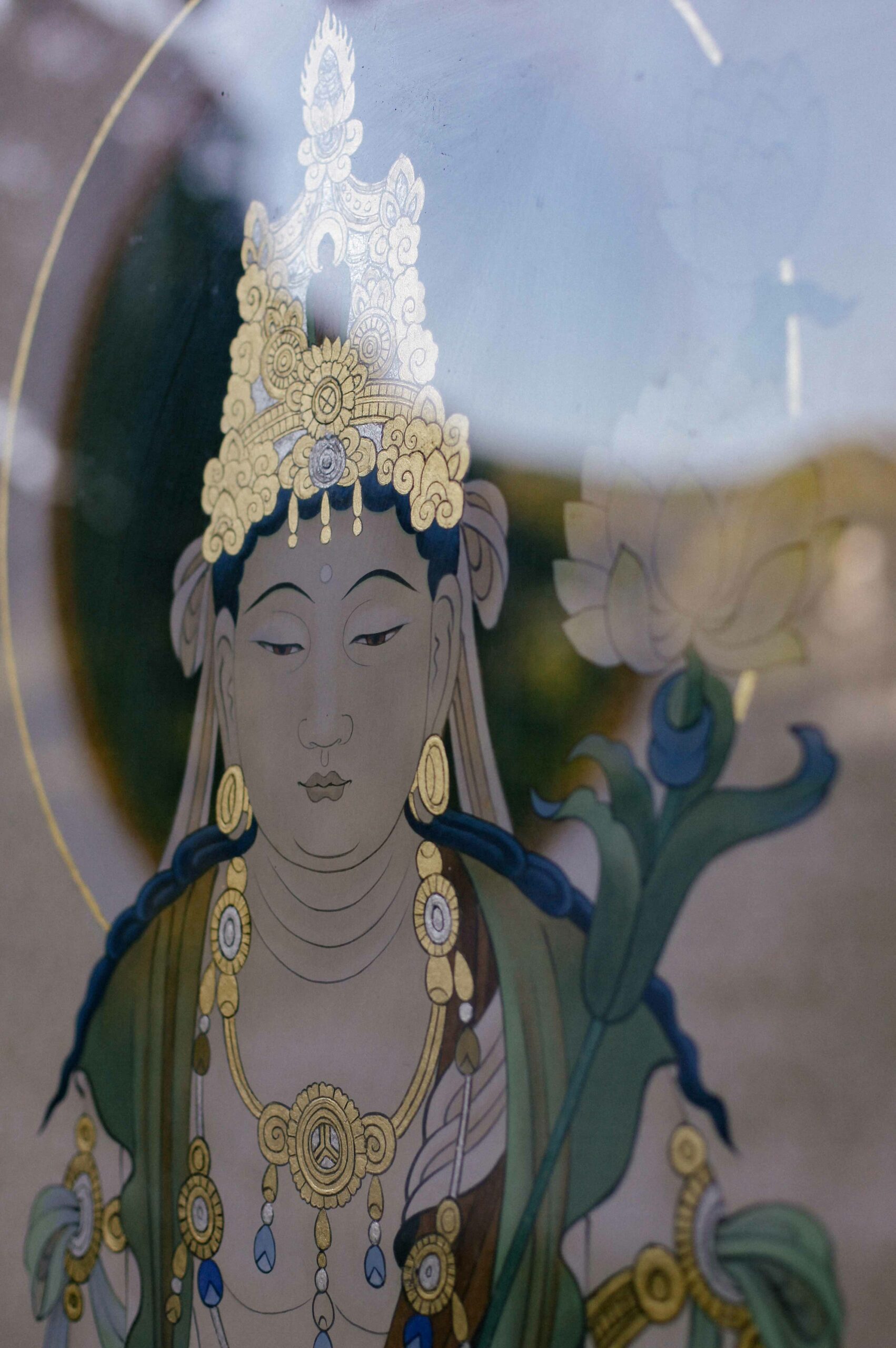
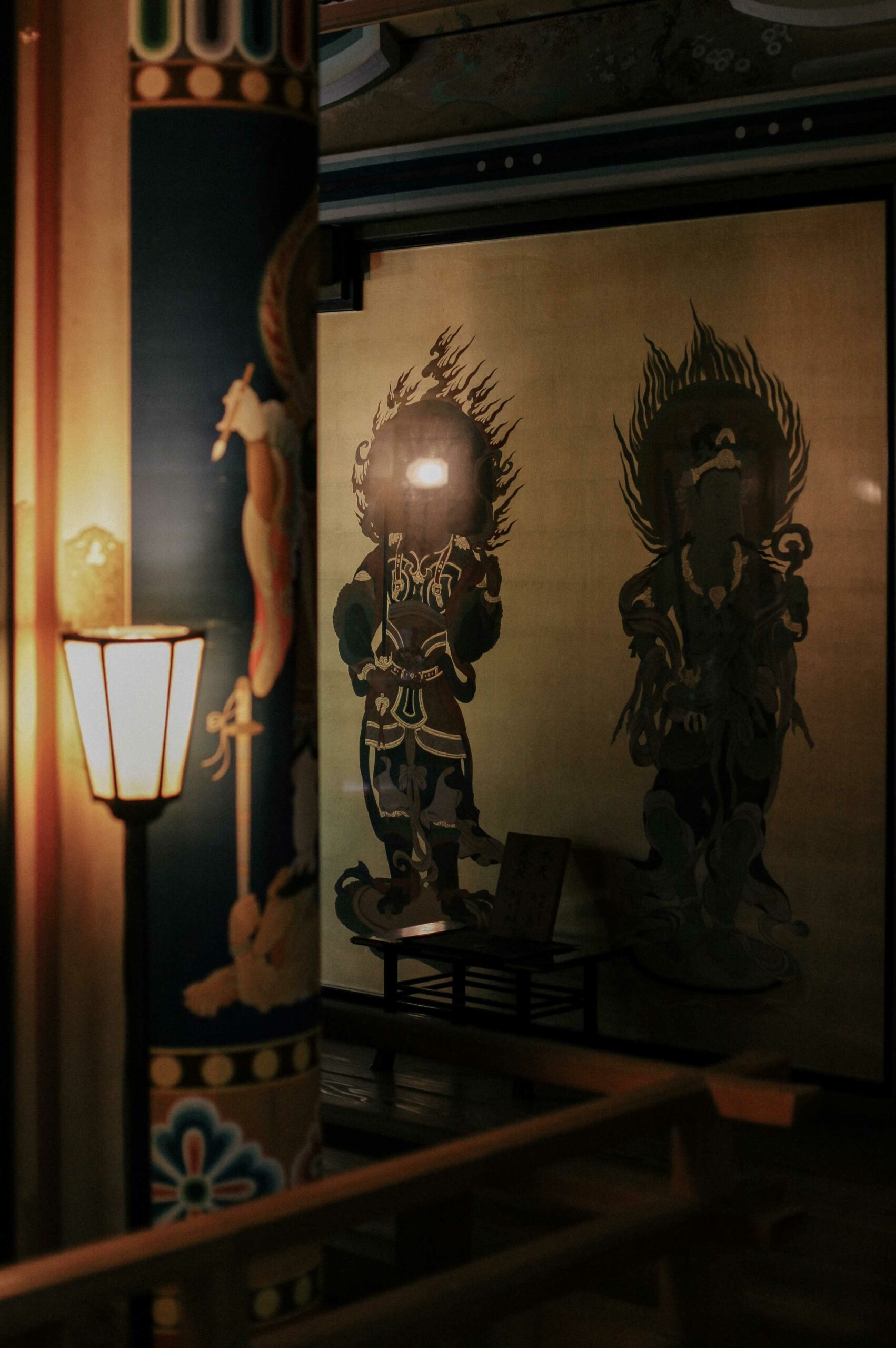
Following the same path to the original entryway, it’s time to reclaim your shoes and wander onwards through the concentric rings of gardens that circle upwards around the temple buildings and into the mountain. Views of neighbouring slopes are perfectly framed by trees, offering a vista which changes with the seasons. Mossy lanterns create passageways leading to stone steps, offering access to the outsides of the temple buildings, hued in the greens, oranges and reds of maple canopies. At the foot of the slopes near the temple entrance is a towering ginkgo tree, at its most golden and spectacular in late autumn.

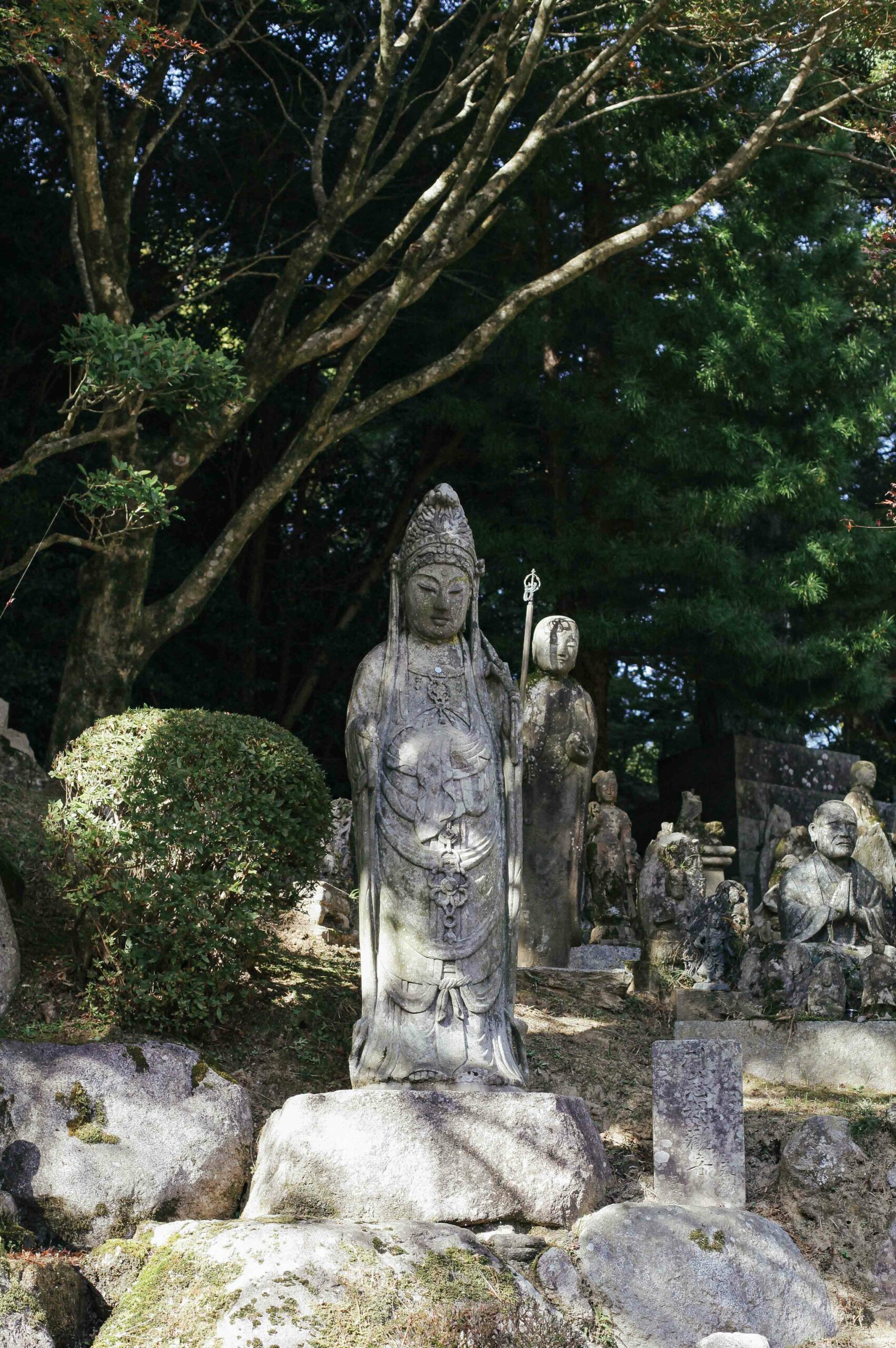
Among all of this esoteric splendour, as you reach the end of your journey through the temple grounds, it is wise to bear earthly matters in mind. In the shadow of the resplendent ginkgo tree, the restrooms are home to flush-less, long-drop toilets that have remained unchanged for centuries. These deep holes are unsettlingly wide, and a phone or wallet that accidentally falls from a pocket will not be likely to return. Squat with caution.
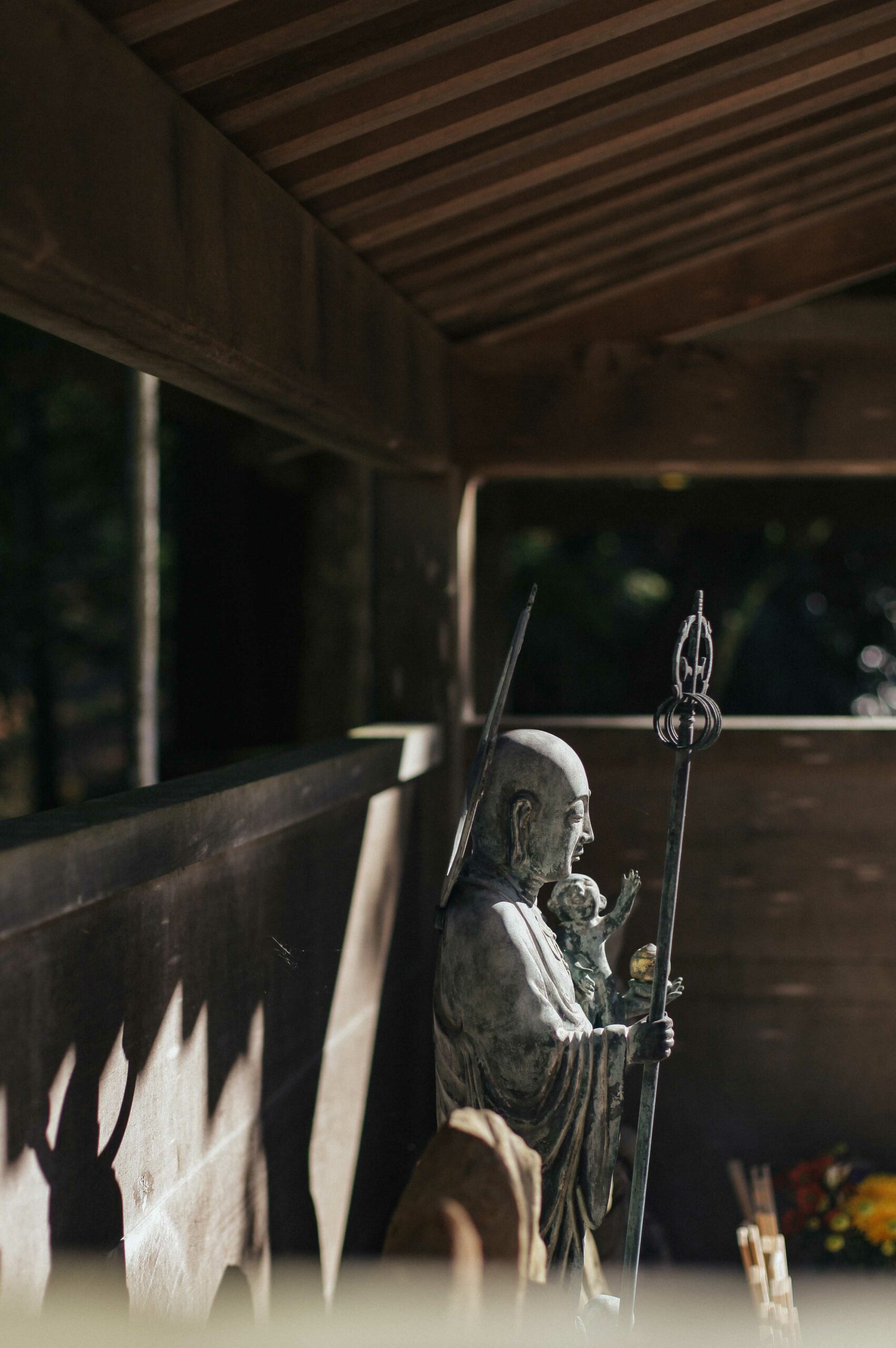
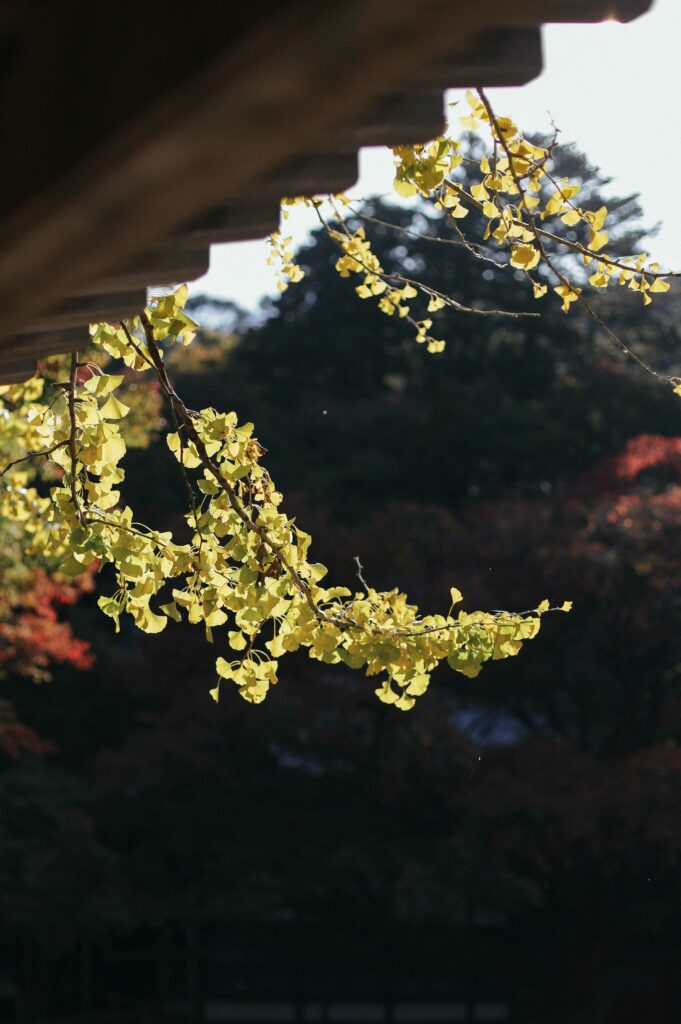
Access:
Google will tell you that you can travel from Chikuzen-Maebaru train station to Raizan Sennyо̄ji via bus in 35 minutes. However, this is a unique ‘community bus’ which needs advance booking the day before, otherwise it doesn’t run. English-language services aren’t available using their phone booking system, and the bus only runs twice a day – one return trip with a long gap in the middle.
It’s possible to take a taxi from Chikuzen-Maebaru Station, but you’ll need the taxi to wait for you at the temple, or your ride home is gone. As such, Raizan Sennyо̄ji is best visited with a rental car, possibly as a stop-off on a Fukuoka road trip. There’s a well-stocked 7-11 at the foot of Raizan (Thunder Mountain) with an ATM and (modern, non-hole) restroom facilities.
Due to uneven mountain terrain, steps and stairways, this location is not suitable for wheelchairs or pushchairs.
Name: Raizan Sennyо̄ji Taihiо̄in
Address: Raizan Sennyо̄ji Taihioin, 626 Raizan, Itoshima, Fukuoka 819-1145, Japan
Open: 9:00am – 4:30am, every day.
Admission: ¥400
Website: https://sennyoji.or.jp/
Post by Japan Journeys.



